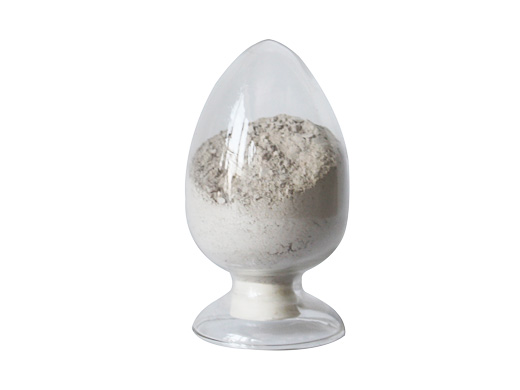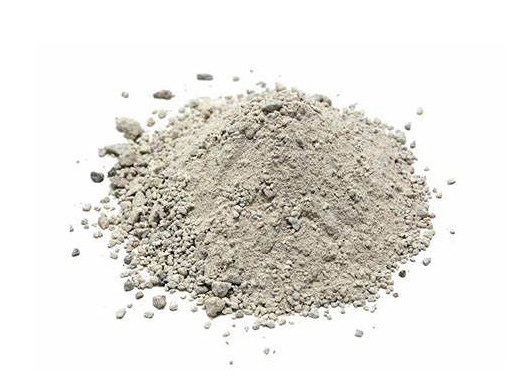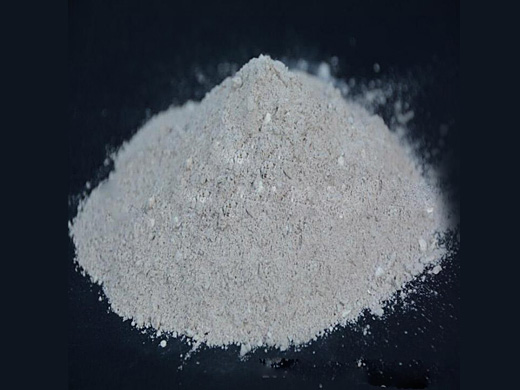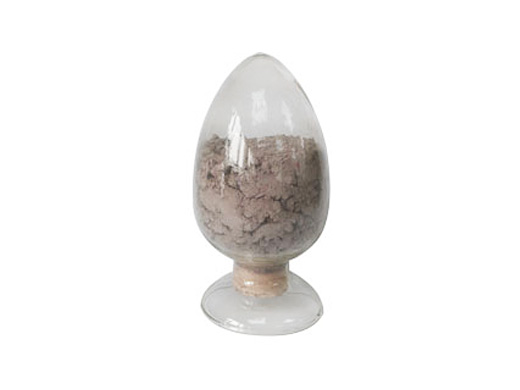Product detail
High Alumina Cement
Product introduction
High alumina cement (aluminate cement) is a hydraulic cementitious material made from finely ground aluminate cement clinker mainly composed of calcium aluminate. It has the distinctive feature of high early strength, with its 1-day strength reaching around 80% – 90% of its maximum strength. This makes it a great advantage in some projects that require rapid setting and hardening.
High alumina cement has good high temperature resistance. In a high temperature environment, its strength will not decrease as much as ordinary Portland cement, but will increase in strength due to the formation of a stable ceramic phase. Generally, it can withstand high temperatures of 1300 – 1400°C. This feature makes it widely used in special projects such as high-temperature industrial kilns.
Its resistance to chemical attack is also excellent. Because its main component is calcium aluminate, it has certain resistance to some acidic and alkaline media and can maintain relatively stable performance in harsh chemical environments.

Product application
Refractory materials field
High alumina cement is an important binding agent for the manufacture of refractory castables, refractory plastics and other refractory materials. In the lining construction of high-temperature industrial kilns, such as blast furnaces and rotary kilns in steel plants, high-alumina cement and refractory aggregates (such as corundum, alumina, etc.) are mixed to make castables, which are used for the repair and integration of furnace linings. pouring. It can tightly combine refractory aggregates at high temperatures to form a furnace lining structure with certain strength and high temperature resistance, effectively protecting the furnace shell and extending the service life of the furnace.
Construction engineering field
Used for emergency repair projects. In the emergency repair of some buildings or infrastructure (such as roads, bridges, etc.) damaged by natural disasters (such as earthquakes, floods, etc.), the early high-strength properties of high alumina cement play a key role. It can quickly gain sufficient strength for the emergency repair parts and restore some functions.
As a cement variety for winter construction. In the cold winter, the setting and hardening speed of ordinary Portland cement will become very slow, and freezing damage may even occur. High-alumina cement is less affected by low temperature, and its rapid early strength development can ensure normal construction in low-temperature environments and improve project progress.
Chemical industry
In the construction of some facilities such as floors and pools that require chemical corrosion resistance, high alumina cement can resist certain acid and alkali corrosion. For example, in wastewater treatment tanks of chemical companies, high-alumina cement can be used to pour the tank walls and bottom to prevent wastewater from eroding the tank structure and ensure long-term stable operation of the facility.
Product Parameters
| Ingredients | Chemical formula | Content range (general) | Function |
| Monocalcium aluminate | CaO·Al₂O₃ | 35% – 60% | It is the main source of early strength of high-alumina cement. The hydration reaction is rapid, which enables the cement to set and harden quickly. |
| Monocalcium dialumate | CaO·2Al₂O₃ | 15% – 35% | It helps to improve the high temperature resistance of cement. It undergoes crystal transformation under high temperature environment, forms a stable structure, and enhances the fire resistance of cement. |
| A small amount of other aluminates | Such as calcium heptadecaluminate (12CaO·7Al₂O₃), etc. | Remainder | It plays an auxiliary regulatory role in the performance of cement, such as affecting the setting time and long-term strength development of cement. |
| Impurities (such as iron oxide, titanium oxide, etc.) | – | Small amount | The presence of impurities will have a certain impact on the color and certain properties of cement, but it will not affect the main performance within a reasonable range. |





Send inquiry
Please Leave your message you want to know! We will respond to your inquiry within 24 hours!